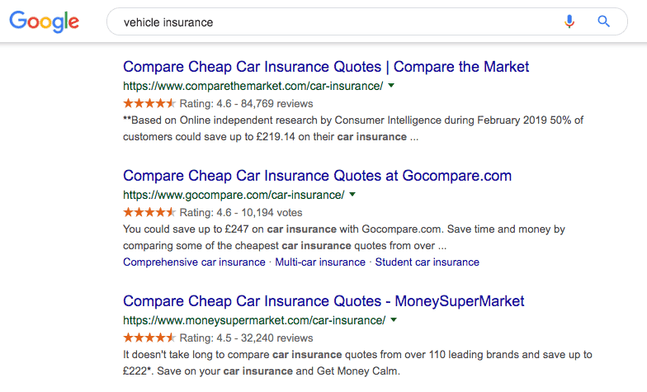SEO
Revealed: The Top Keyword Research Mistakes to Avoid

One of my biggest pet peeves is keyword research not done right. If you’re thinking, it’s only the beginners who make the biggest, most obvious mistakes; you’re wrong. There are junior execs who make these mistakes, and then there are heads of SEOs who might slip up every now and again because it can be such a repetitive task that you think you’ve got it figured out.
Until we reach a day and age where keyword research is 100% automated (I mean 100%, not some tool you’ve found online which claims to categories the sea of keywords available for you, but then does a partial job and you’ve got to fix it anyway), then here are the top mistakes to avoid.
User Intent
I think the most common mistake made is when a keyword looks like it means one thing, but quickly checking the SERPs, you’ll find another set of unexpected results. For example, you may be a fruit distributor selling apples. You should not be optimising for ‘apples’, but instead ‘apples for sale’.
It’s not just being specific in your keyword targeting; this can also happen in other ways. For example, you’re selling truck insurance but you make the mistake of optimising for ‘vehicle insurance’. Doing a quick SERP check, you’ll see that most of the results are car specific and you’ll have a lower chance of ranking.
If you don’t properly check the user intent of keywords, you may end up creating more content than you need and have a SERP cannibalisation issue by spreading your content too thin. The opposite may also be true: if you optimise a single page for more keywords than it should handle, the purpose of the page can be confusing not only to users, but search engines. As a result, your content may not rank as well as it should.
Not Being Thorough Enough
One of my previous SEO managers had an astounding eye for detail (shout out to Julian). I would spend hours completing what I thought was the most impressive keyword research, with thorough analysis to inform the client’s content strategy. But somehow, every time, he would find additional thousands of search volume in keywords I would never think of.
When you are conducting keyword research, with whatever tool you use, you naturally begin with the main product(s). In this example, let’s say it’s shoes for a shoe brand. It makes sense to begin your keyword research with ‘shoes’ through your keyword tool which will give you many options of keywords to target – but is this enough?
Just because you search for something in your own way, it does not mean everyone else does. There are so many ways to search for the same thing. For example, with shoes, you could search for ‘trainers’, ‘sneakers’, ‘kicks’, ‘creps’ or footwear. Consider the alternatives and keep going until it is exhausted, because what you might think has the highest search volume, may not actually be true.
Even though you might think that you’ve got it all figured out, and have found all the keywords that there is, I guarantee that you’re missing some excellent opportunities to boost traffic and you need to think outside of the box and do you research, including looking at competitors. Just because you search for a particular product one way, doesn’t mean everyone else does.
Check for every single variation possible.
Only Looking At Competitors
It’s easy to limit yourself to thinking “What are competitors doing?” then mimicking their strategy and always being one step behind. Yes, you need the basics down, and yes, it makes sense to see who’s at the top. However, there is a good chance that even the highest search domain does not have all the best content out there and is covering all grounds.
Don’t just rely on competitors to identify content gaps for your keyword research, actually look at the keyword research as a starting point and go from there. I guarantee that even the best of the best in whatever industry you’re working in, will be missing some keyword opportunities.
This is not to say that you shouldn’t look at competitors, this goes both ways and is still beneficial, just ensure that you and considering all elements.
Focusing Only On Keyword Research
It is simply not enough to slap a couple of keywords into a piece of copy and call it a day. Consider other priority ranking factors:
- Internal linking
- Anchor Text optimisation
- URL Structure
- Content Structure
- Copy Markup
- Javascript Limitations
- User Journey
Although getting these technical foundations are essential, it will only get you so far. Do not forget user experience and user engagement. Breaking up your text with a call to action in a big red button is not going to cut it, consider more.
A popular method with SEOs is to break up each section of text with different coloured backgrounds stretching across the screen so the page doesn’t look like some horrible history essay you wrote in year 9. If you have the option to create good quality video, it is something you should consider, amongst other media such as images, interactive maps or charts, and so on. Kaizen’s recent whitepaper discovered that a site is 53% more likely to show up in Google if it has an embedded video, and videos on a website landing page can increase conversion rates by 80%.
As a whole, make sure that when you are putting together keyword research analysis for your website, to consider these factors. Look at the user intent, analyse competitors and factor in all these elements. Quality work will require more time and attention, but the results are always worth it.
Share










